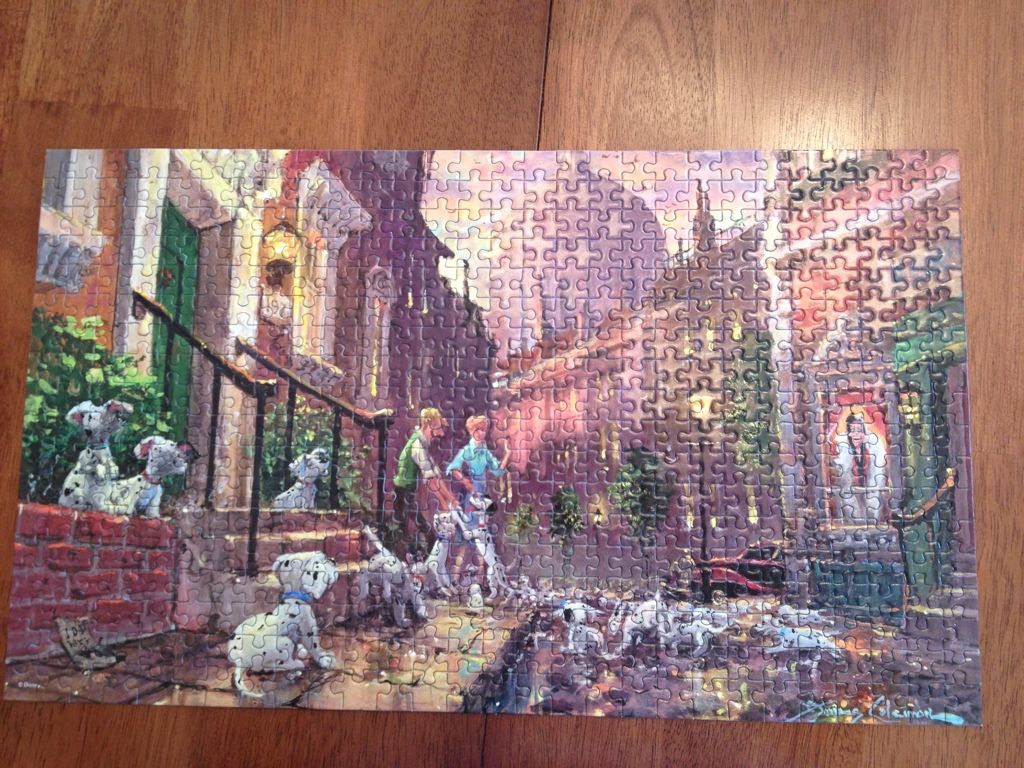Research is now showing the quantifiable benefits of carrying this activity into adulthood. Studies, like the notable MacArthur study, have shown that keeping the mind active with jigsaw puzzles and other mind-flexing activities can actually lead to a longer life expectancy, a better quality of life, and reduce our chances of developing certain types of mental illness, including memory loss, dementia, and even Alzheimer’s Disease (by an amazing third).
But how does this simple toy accomplish such amazing things? Most likely it is due to the simultaneous use of both sides of the brain. The left brain hemisphere, our analytical side, sees all of the separate pieces and attempts to sort them out logically. The right brain hemisphere, our creative side, sees the “big picture” and works intuitively. Both types of thinking are required in order to successfully piece the puzzle together. In exercising both sides of the brain at the same time, we create actual “connections” between the left and right sides, as well as connections between individual brain cells. These connections increase our ability to learn, to comprehend, and to remember. In addition, completing a puzzle, or even just the successful placement one piece, encourages the production of dopamine, a brain chemical that increases learning and memory.
I love having all the kids gather round and work on puzzles. It is calming and social. I love the small intimate conversations that we all share while we work around a table on a puzzle.
Here is the finished product.


No comments:
Post a Comment